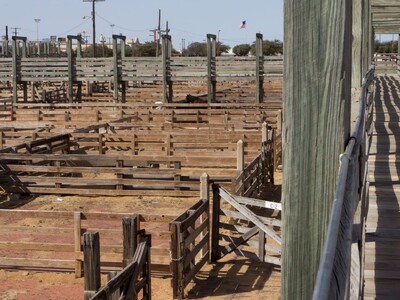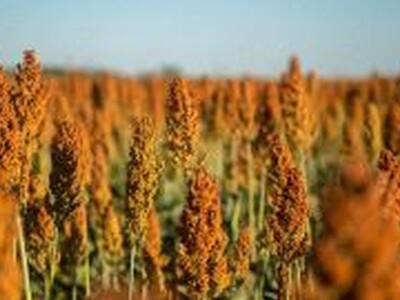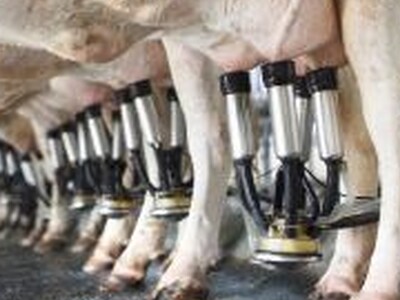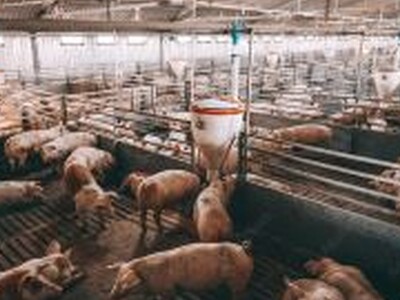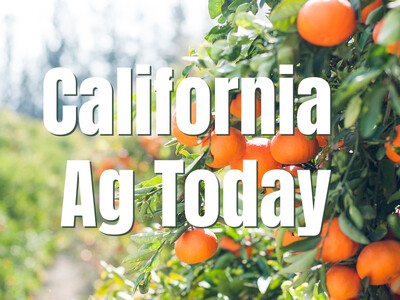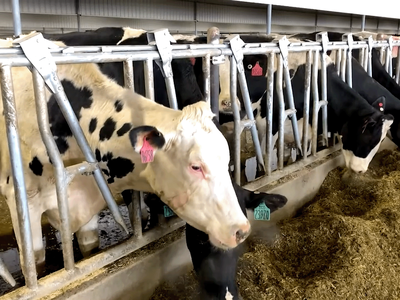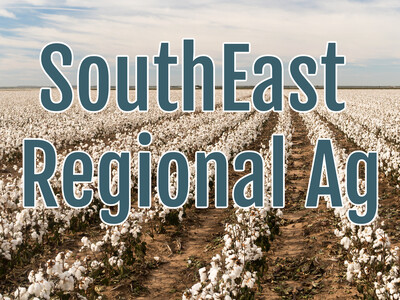Farm Land Prices
Ag Information network team member Susan Allen sent me an interesting article from southwestfarmpress.com. Things will get worse before they get better.” That’s the opening warning shot by Damona Doye in her ag land management perspective presentation prepared for the recent Oklahoma State University Rural Economic Outlook Conference.Doye said land values have not fared well across the U.S. compared to a year ago, she says, including significant decreases in some states. Values in Southern Plains states (Oklahoma and Texas) held up better than the Midwest because rates were not bid up as fast as they were in the Midwest. This is partly because “the Southern Plains had multiple years of drought, and land values are influenced more by beef prices and income, which until recently were faring better than corn and soybean-focused enterprises.
“Southern Plains land values have held up better, and as of the first of this year, had not yet registered declines. However, more recent evidence shows a softening in land values.”
Even with some stability, Doye says land value increases are relatively small compared to recent years of double-digit increases. Oklahoma cropland value increased by 3.1 percent; Texas is up 2.75 percent; New Mexico increased 0.7 percent; and Louisiana is up 4.8 percent compared to 2015.
A similar trend is apparent in pastureland values, with few states showing an increase. Oklahoma pastureland value improved by 2.8 percent; Texas remained flat; Louisiana was up a slim 0.4 percent; and New Mexico recorded a 2.9 percent increase over 2015.
By late in the year, land values were softening in some of the most productive wheat areas. “On average, pastureland prices were increasing at a faster rate than cropland in the most recent year — 5.1 percent compared to 4.7 percent.”
SIZE MATTERS
Smaller parcels of pasture, less than 100 acres, command top dollar, she says. Recently, those smaller parcels have been valued almost $400 more per acre than parcels in the 100 acre to 300 acre size range.




